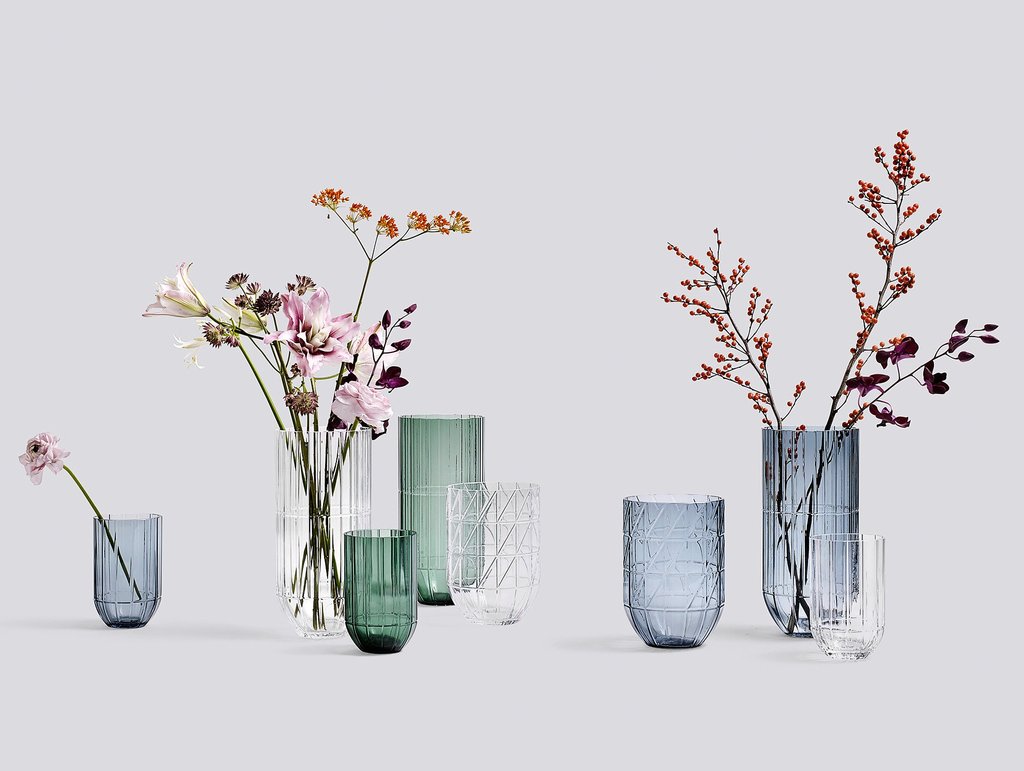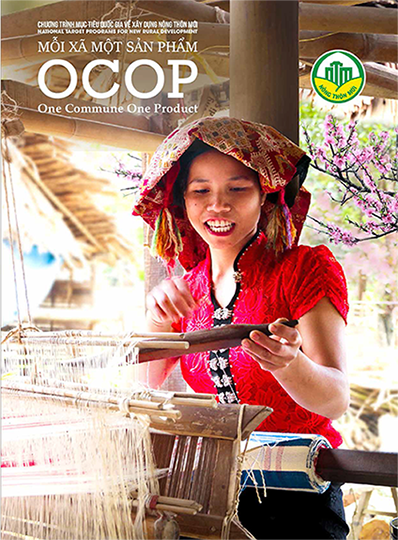From functional to emotional
Vases have evolved from serving primarily as a vehicle for displaying flowers to being home accessories in their own right. So, they are no longer purely functional (holding the water for flowers). They also have added emotional value; vases are now seen as an accessory that adds to the style of the consumer’s interior. Vases are therefore found in a broader range of segments and can range from everyday basics to status symbols. These various types of vases are influenced by a few of the current major consumer trends.
Home sweet home: vases make the home cosier
This trend has two components. Firstly, it is about a slightly older consumer retreating into the safety and security of their own home, and making it into a perfect, luxurious oasis. More broadly, it relates to the fact that home is also the place where genuine connection takes place with close friends and relatives. This is done by eating, cooking and enjoying entertainment together. This is also referred to as “cocooning”. As an important home accessory, the vase is playing a role in both aspects of the trend.
Whether or not you can successfully position yourself in these product groups will depend your ability to match your design capability to your production concept. Broadly speaking, if you are a manufacturer with processes which are fairly mechanised, for instance in ceramics or glass, this may well position you in the more “everyday basics” segment, where you will cater to a lower- and lower-middle end customer base.
If your concept is based on handmade items, and/or a the use of a combination of materials, this may place you in the mid-high segment of this product group. Then, it is essential to incorporate innovative design and high-level aesthetics into your products. Trade fairs are an ideal platform for studying the industry.
The older consumer following this trend will opt for vases from brands with a long heritage, and so you may have a hard time pleasing these consumers. The younger consumer groups, especially the Millennials, do not tend to prefer the traditional brands and new entrants may well be able to market to them successfully. However, while this consumer group does not have an intrinsic need for branded products, they also tend be less loyal to particular brands than older consumers and are price sensitive.
Wellness: say it with flowers
Today’s consumer is actively in search of physical and mental wellbeing. Feeling close to nature helps the consumer feel healthy and invigorated. Having flowers and plants is an ideal way of creating a garden inside the home (see special The Garden), hence the importance of vases and plant containers, in general. In European culture, flowers are also a popular gift, which helps people form connections and bond with each other. Moreover, flowers also constitute an important element in the accepted spiritual and physical wellness rituals of yoga and visiting spas.
In their primary function as a container for flowers, vases are an ideal wellness item and gift. A wide variety of design elements are used; depending on the type of customer, bright or muted colours, bold or accepted shapes and materials and sizes can vary. As for the yoga and spa setting, the vases usually have a refined style.
The wellness trend is also extending to the office, where more attention is being paid to mental and physical wellbeing, too. Flowers and plants serve an important function in creating a happy workplace.
At the interface between the home sweet home and wellness trends, we are seeing the lines blur between indoor and outdoor spaces, and the increasing popularity of outdoor vases. Plant pots in any size could already be found in the garden, and have been adapted to the indoor style, but we are now also seeing the outdoor vase appearing/re-appearing in materials that can withstand various weather conditions and in a style consistent with that of the living room.
The people- and planet-friendly vase
More than ever, social- and environmental-friendliness is influencing the consumer’s buying behaviour. Wherever possible, consumers opt for products that avoid wasteful consumerism, excess and wasteful materials, and that are fair to the makers. This also applies to such a major home accessory as the vase.
To generate the added value that sustainability can lend to your concept, your offering must have verifiable sustainable aspects, such as being made of renewable materials and produced in a way that is human and environmentally friendly, having a limited footprint (e.g. in transport), and facilitating a recycling process at the end of its use.
Realize that no company is perfectly sustainable yet, but that every manufacturer can and needs to contribute to a better future for people and the planet. Consumers today are savvier and more aware than ever. Especially the new groups of Millennial consumers and professional buyers are quite inclined to “vote with their wallet” and favour concepts that are sustainable.
Green Living is a company from Vietnam that successfully tapped into these trends by using natural and sustainable materials, such as bamboo and recycled rubber.
Source: https://www.cbi.eu/market-information/home-decoration-home-textiles/vases/




